In 1966 the former director of National Antiquities, Sigurd Curman's book collection was donated to the library. The collection consists primarily of books related to art, architecture, history and topography.
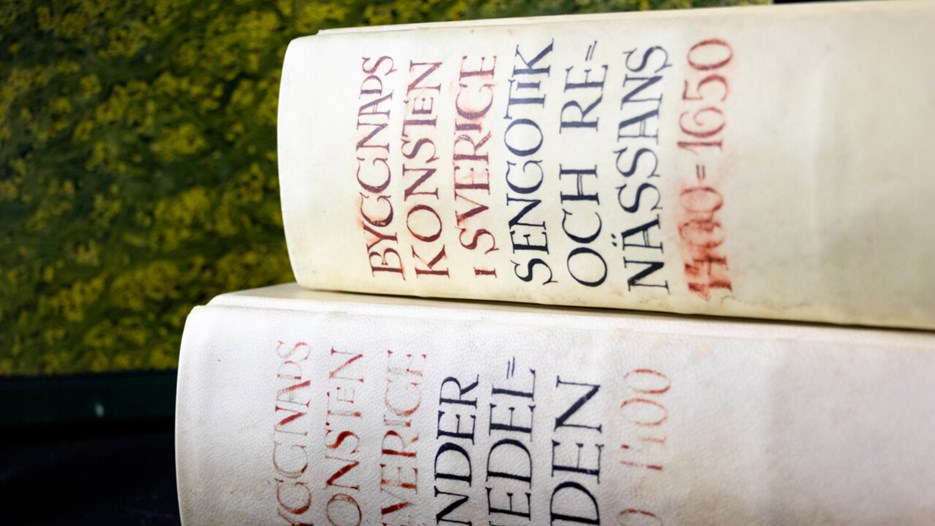
Pictures from the Curman Book Collection.
Image Erik Vesterberg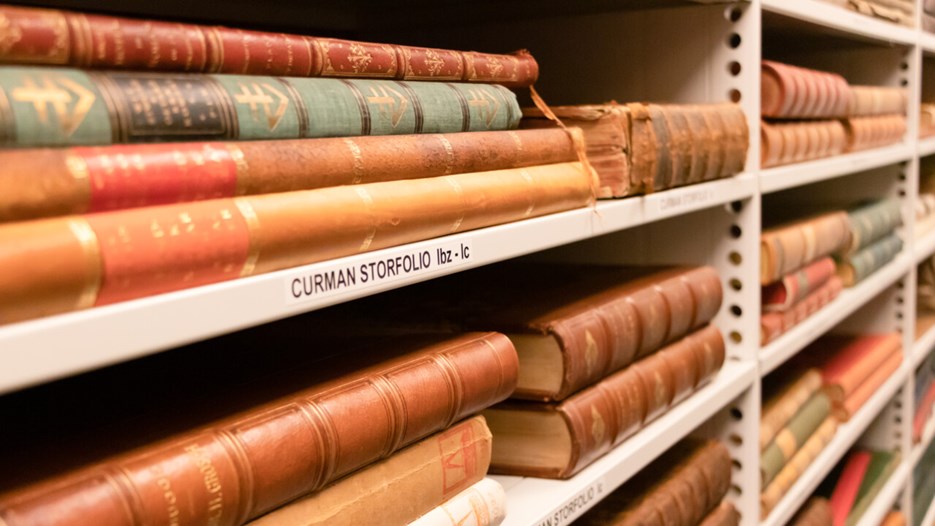
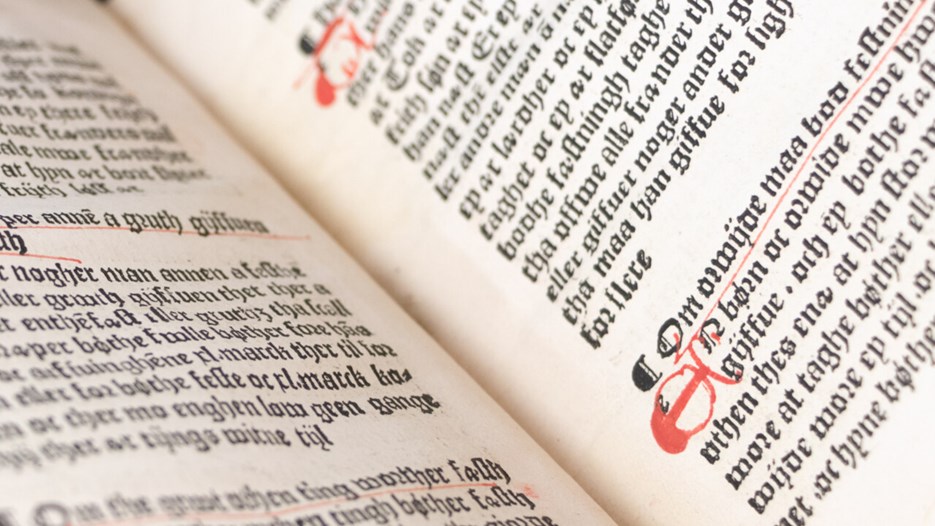
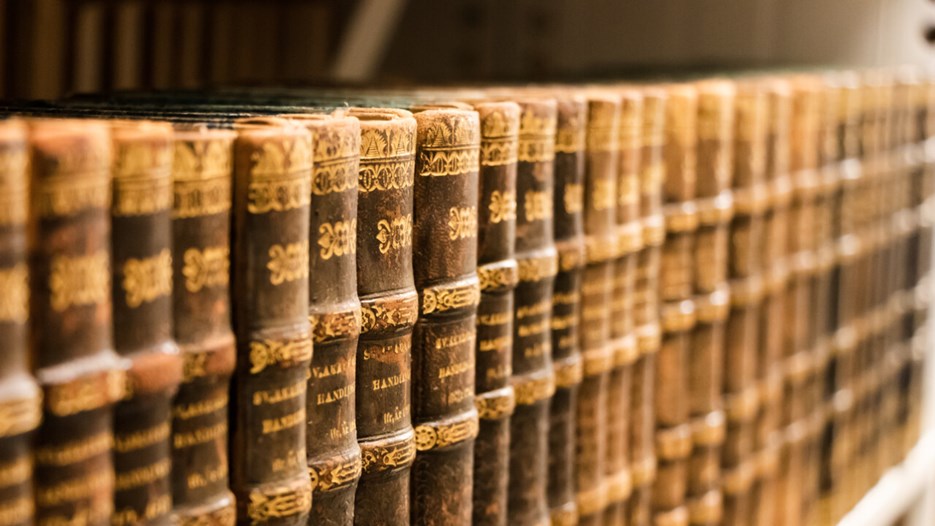
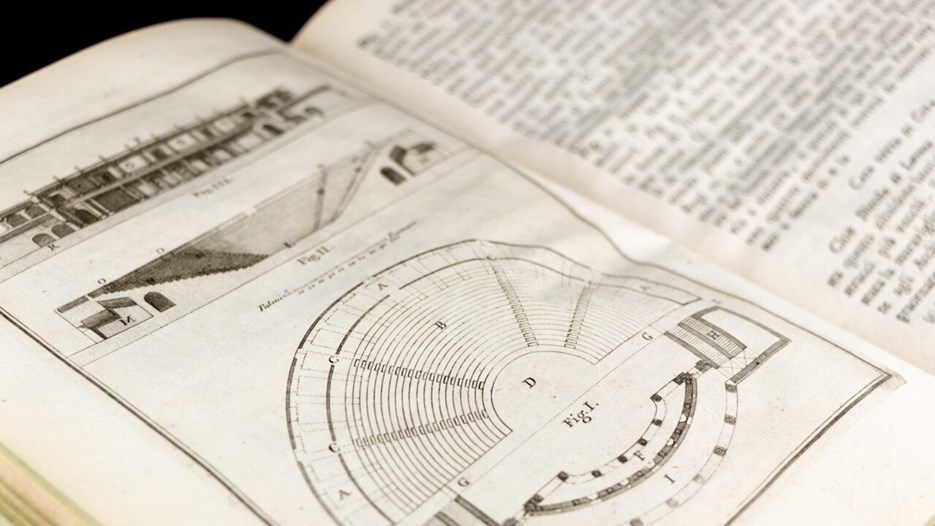
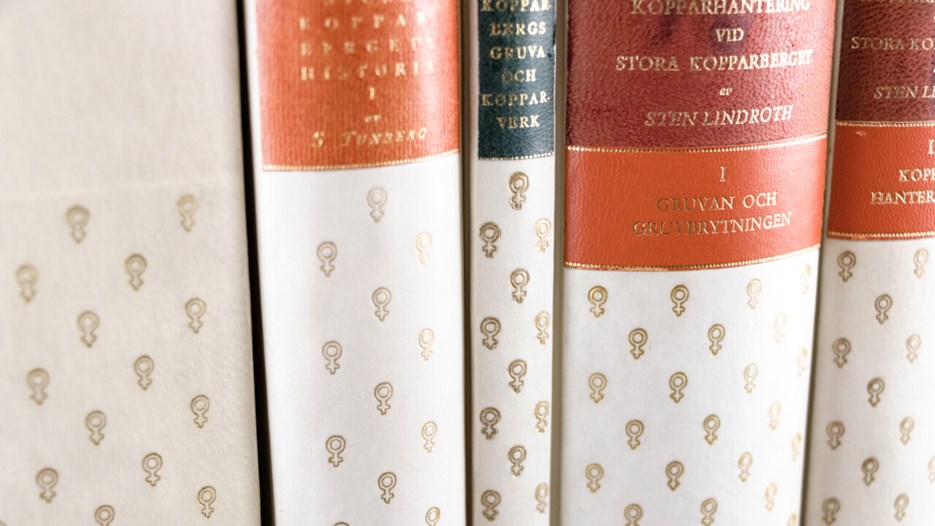
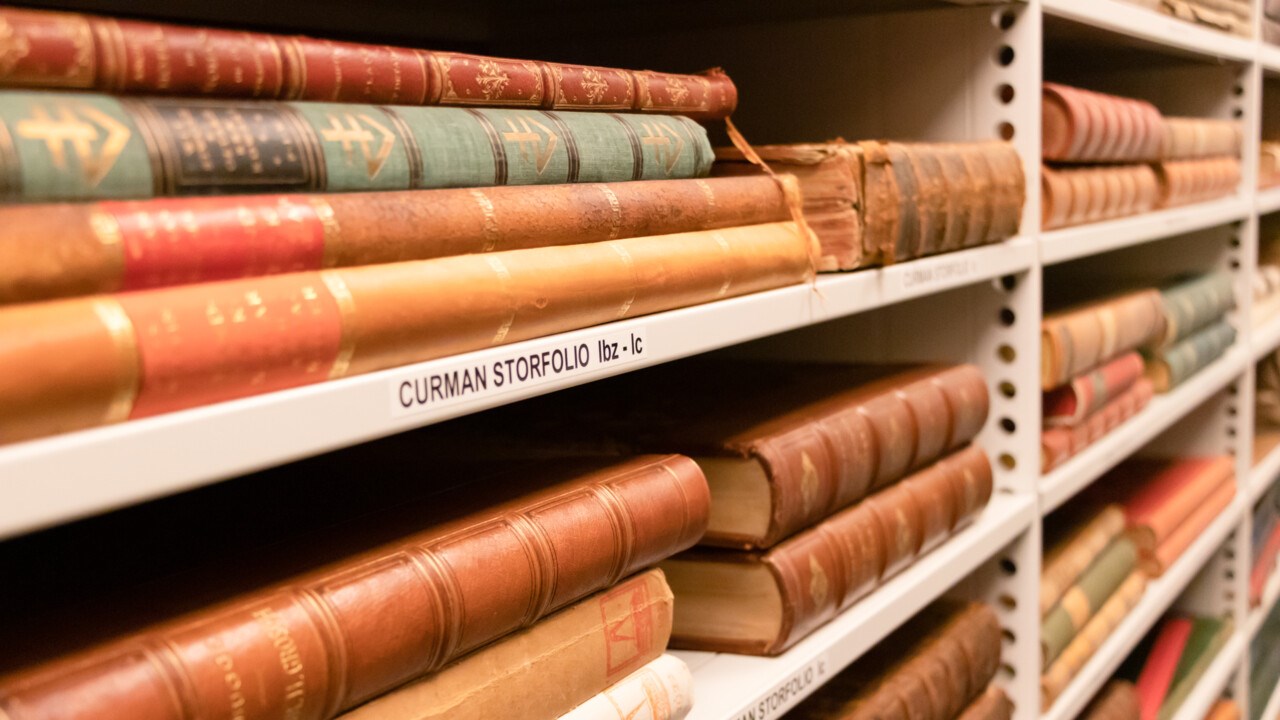
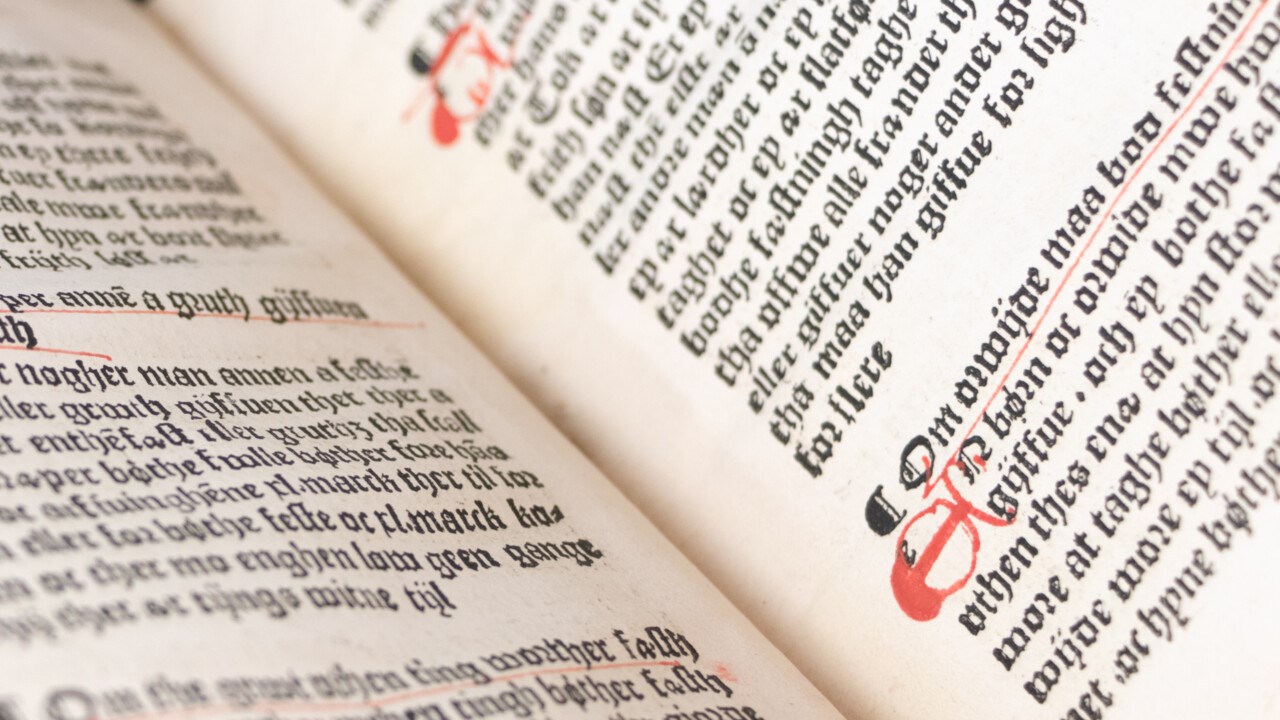
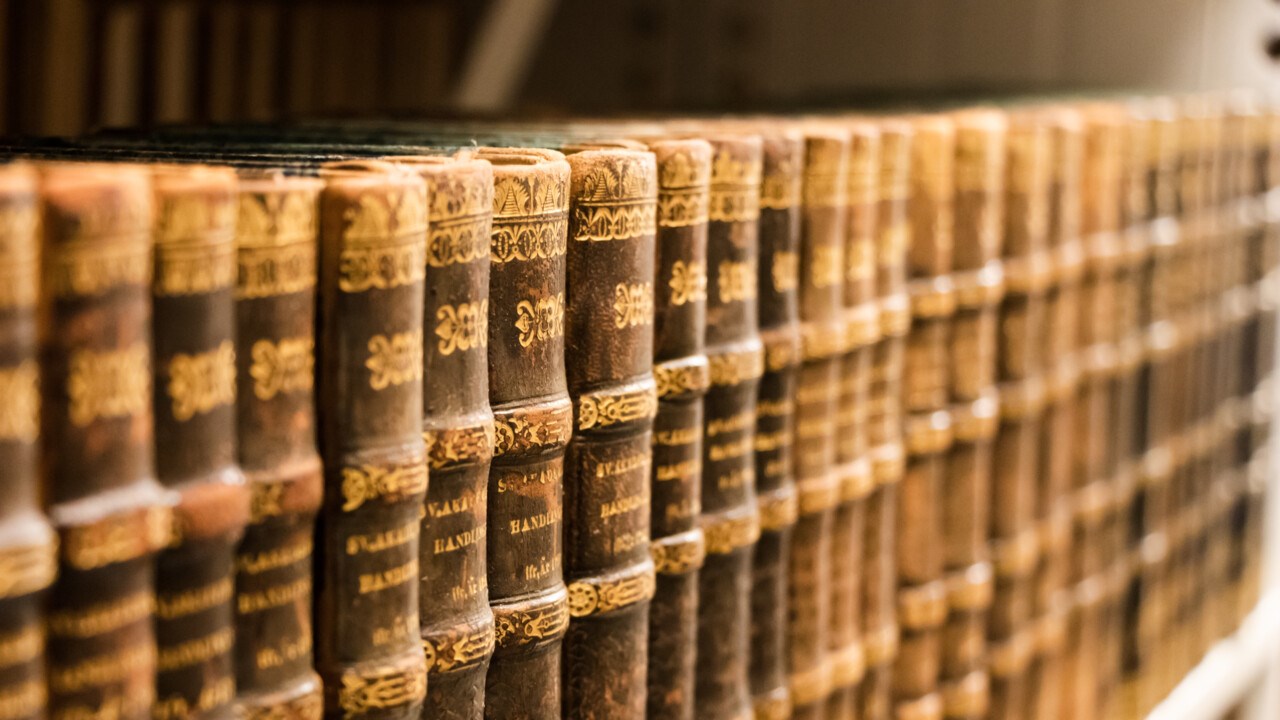
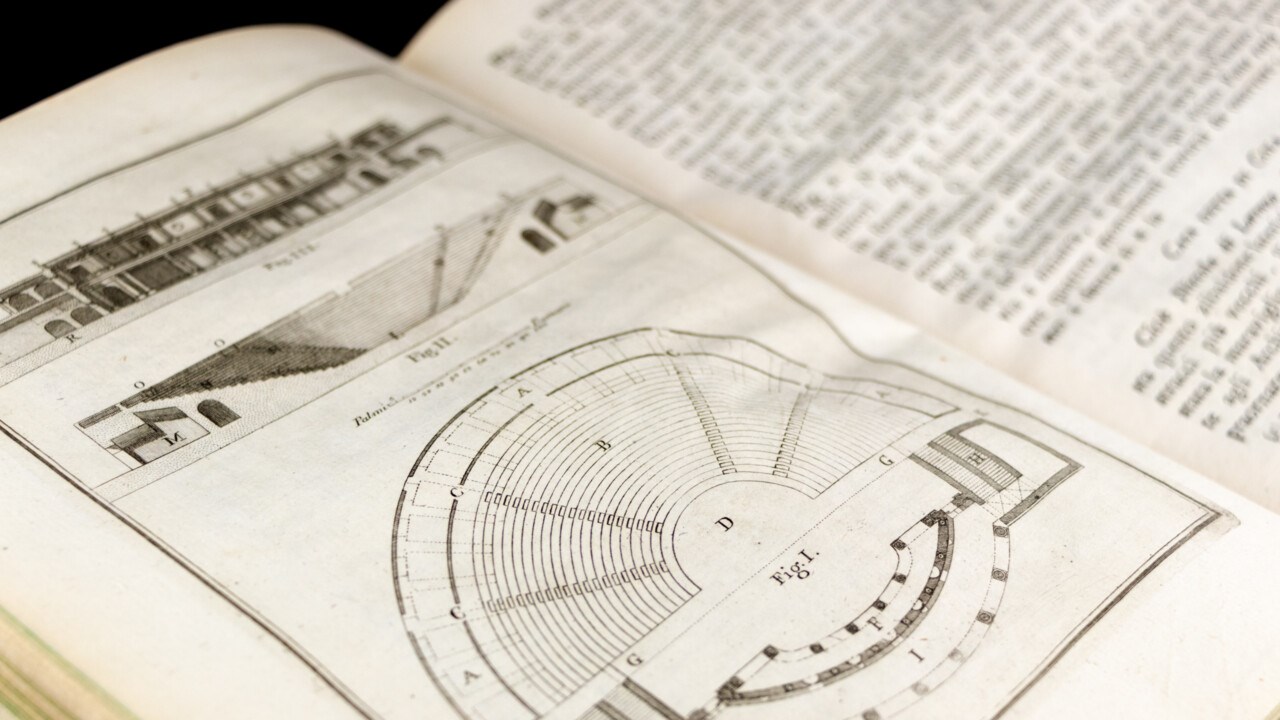
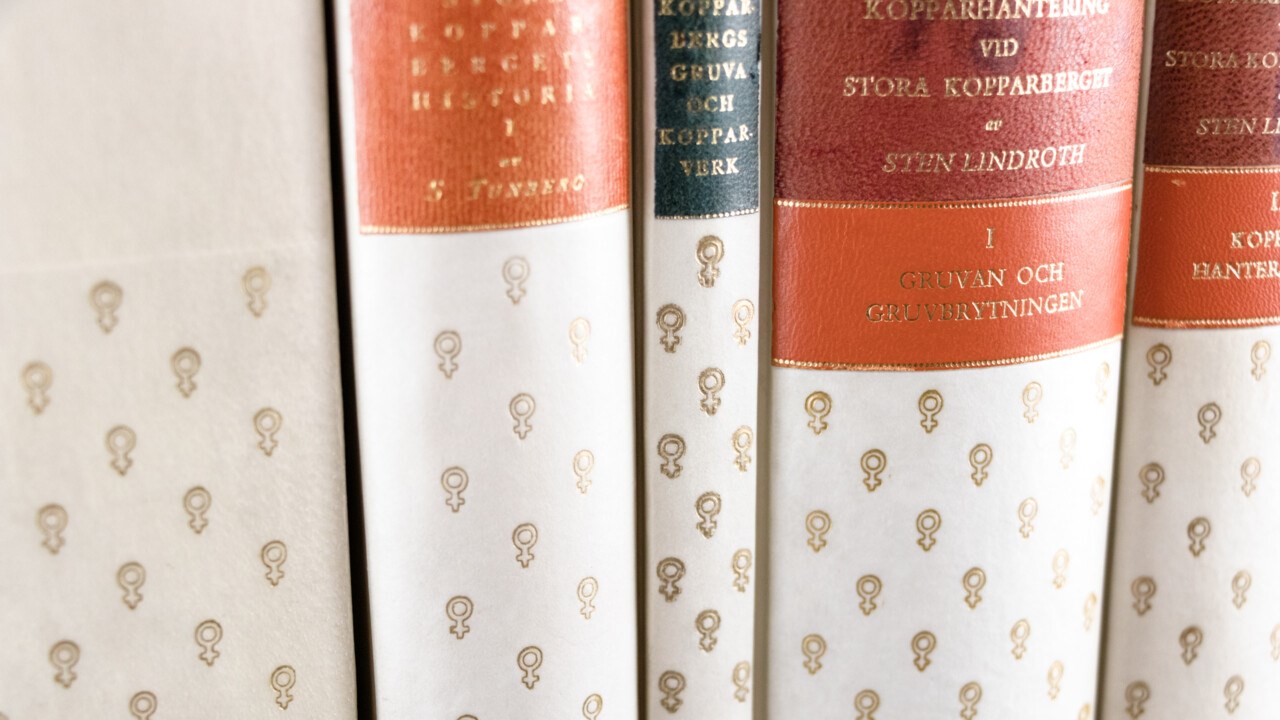
There is a special card catalogue to the collection. The books are also listed in the Library Search Tool and, if not yet registered there, in the old card catalogue. The books are for in-library use only.
Search the Curman Book collection in the older alphabetical catalogue.
In the Swedish National Encyclopedia Björn Linn's article describes Sigurd Curman:
Curman, Sigurd, 1879-1966, Caretaker of historical monuments. Starting in 1906 he was a civil servant at the office of building preservation, and from 1910 an instructor in Swedish architectural history at the University College of Fine Arts, where he served as professor from 1912-1917. He served as a building advisor at the government office for public buildings (Byggnadsstyrelsen) 1918-23 and as Director of National Antiquities 1923-46.
His work was responsible for much of the preservation of historical monuments during the first half of the 20th century. In order to fulfill his work, he educated himself as both an architect (1903) and art historian (Ph.D. 1912). Curman was one of the initiators of the exhibition of older church art in Strängnäs in 1910, which was followed by the inventorying of Swedish Churches, published in 1912 by Curman and Johnny Roosval.
As the result of his work in the reorganization of the Office of Building Preservation (1913-1915), the Antiquities Committee (1913-1921) and as an expert in the Preservation of Historical Monuments (1930-1937), Curman influenced the organization of historical preservation in Sweden. Under his leadership, the National Heritage Board and the National Museum of Antiquities took on their modern characteristics of government offices, the regional work of cultural heritage management and its organization of formal independent regional museums with independent directors, and the national inventory of archaeological remains.
Curman's principles for building preservation were used in the restoration work he directed, and became the standard for many years including the restoration of Vreta Cloister Church 1914-1917 and Varnhem's Cloister Church 1918-1923; among other projects were the churches in Ed, Balingsta and Svärdsjö as well as St. Nikolai Church in Nyköping and Bjärka-Säby, Bålby and Gimo Manor houses done in cooperation with Erik Fant. Curman believed that the building's individual distinctive characteristics should be the starting point, but in reality he was lead by the ideology of National Romanticism of the Swedish church type, from the middle ages - age of greatness with arch paintings, closed pews, etc. Since Curman thought the 19th century neogothic style did not belong here, he usually removed all traces of it from the churches.
Son of Carl and Calla Curman, father of Jöran Curman and grandfather of Peter Curman.
Literature: A. Schück & B. Thordeman (ed.). Ad patriam illustrandam, hyllningsskrift till Sigurd Curman 30 april 1946 (1946)
Contact and request: Special collections
Ask questions regarding the special collections or request materials.
Contact the library
Welcome with all kinds of questions related to the library.